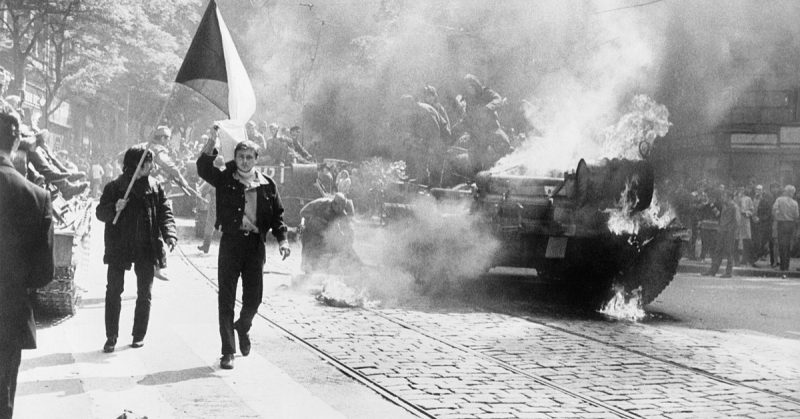From January 5 to August 21, 1968, a period of liberalization took place in Czechoslovakia called the Prague Spring.
The first secretary of the Czechoslovak Communist Party, Alexander Dubček, initiated a series of reforms aimed at expanding the rights of citizens and decentralizing power in the country. He carried out work on substantial democratization and liberalization of the existing state regime.
The American film crew that worked on the movie The Bridge at Remagen decided to use the political situation in the country to shoot their film. The director was John Guillermin.
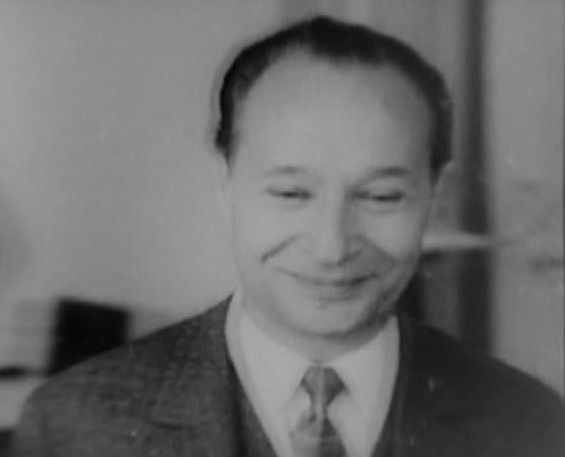
The movie’s plot focuses on the capture of a strategically important bridge across the impassable Rhine River during the Second World War where there had been tough battles and clashes between the Americans and the Germans.
Because of these battles, the bridge was captured intact and was later used by the Allies. The film also raises issues of allowable losses, risks, and self-sacrifice.
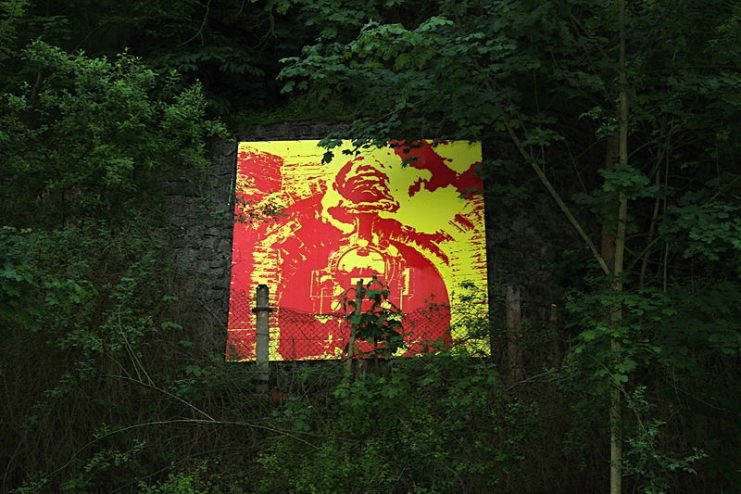
In reality, the Ludendorff Bridge was captured on March 7, 1945, by soldiers of the 9th American Armored Division at the Battle of Remagen during Operation Lumberjack.
The use of a bridge for the crossing of troops made it possible to create a bridgehead on the north bank of the River Rhine and significantly accelerate the pace of the offensive.
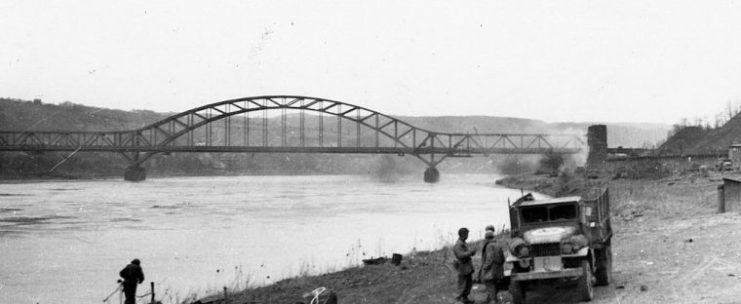
The Germans made unsuccessful attempts to destroy the bridge. The Allied forces were able to use it for ten days before it finally collapsed at 15:00 on March 17, 1945.
Western European officials would not allow a film to be made on the Rhine River in Germany. So instead, those scenes in the film which needed a bridge were shot at a small town called Davle. It was chosen because its bridge was similar to the one in Remagen.
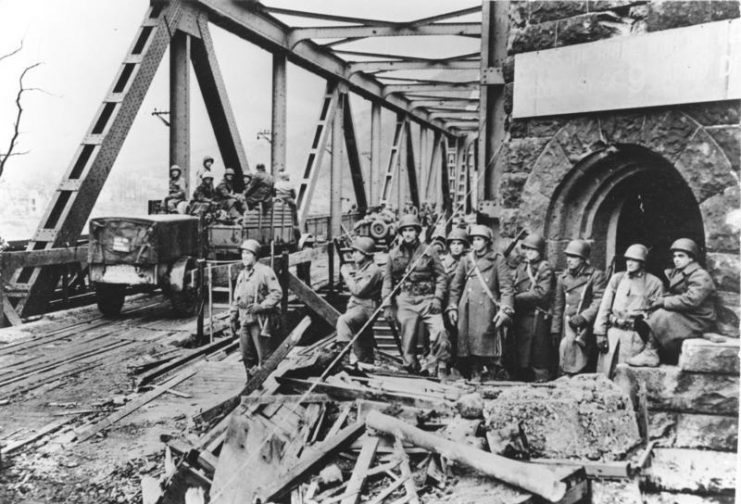
In 1968, Davle was turned into a film set. American and German tanks drove around the city, and the locals saw Hollywood stars dressed in American and German uniforms. Scenery was set up to reproduce the streets and houses of Remagen, and fake railway tunnel and towers were built.
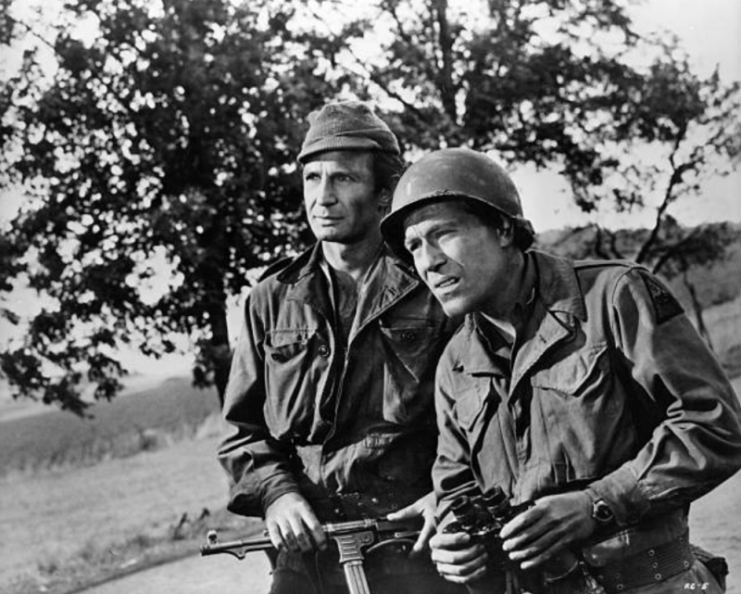
Ben Gazzara and George Segal in combat in a scene from the film ‘The Bridge At Remagen’, 1969. (Photo by United Artists / Getty Images)
Local resident and 78-year-old pensioner, Antonin Dvorak, recalled, “Near our house there was a pile of dead soldier mannequins that the filmmakers would distribute here and there during filming.”
However, the director’s vision for his film was curtailed on August 21, 1968, when the Warsaw Pact troops (except Romanian and Albanian soldiers) invaded Czechoslovakia.
This was Operation Danube. It was the start of a change in the political leadership of the country and the establishment of a loyal Soviet regime. About 250,000 troops of the Warsaw Pact took part in the operation.
Soviet troops were ordered to seize the most important objects in Prague, and KGB officers were instructed to arrest Czech reformers. After that, the plan was to hold a National Assembly in the course of which the current government would be overthrown and a new government established which would be controlled by Moscow.
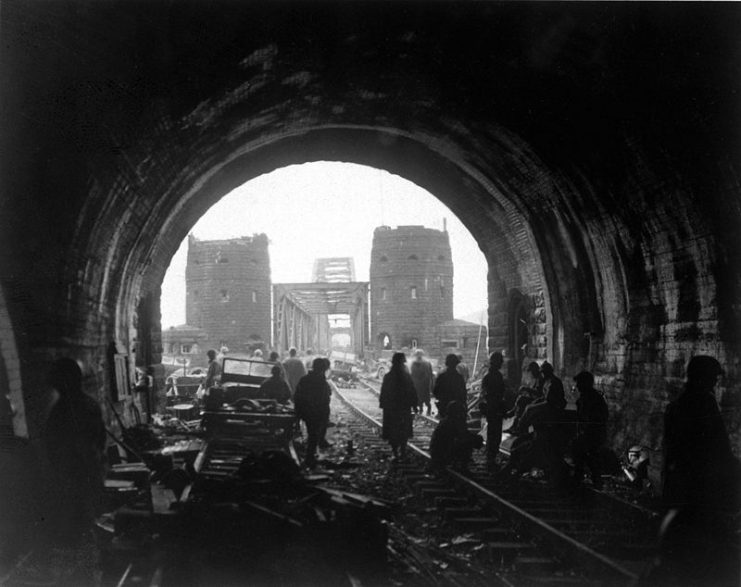
Soviet troops were instructed to use soldiers from the Czechoslovak People’s Army who were loyal to the Soviet regime to help them accomplish their tasks. If the Czechoslovak troops resisted, they were to be forcibly disarmed. The President and the Czech Radio called on Czechoslovakian citizens not to offer armed resistance to Soviet troops.
Despite this, the local population offered passive resistance. Slovaks and Czechs refused to give out food, water, or fuel to Soviet soldiers. They also changed road signs to impede the movement of troops. Many people took to the streets and protested.
Kvetoslava Dufkova, a pensioner from Davle who was 14 years old during the Soviet invasion, described these events, “I remember the noise of tanks on August 21, 1968. The Soviet troops arrived at the center of Davle, saw the army and thought that it was the Germans.”
“Someone told them that Davle had been invaded by the US army and that they should liberate us. They had no idea why our people were giving them the finger. They were terribly nervous, the tension was palpable,” said Antonin Dvorak
The Soviet soldiers who invaded Davle were ready to shoot to kill the American and German soldiers they saw. Only a short time later did they realize that it was not enemies in front of them, but movie extras.
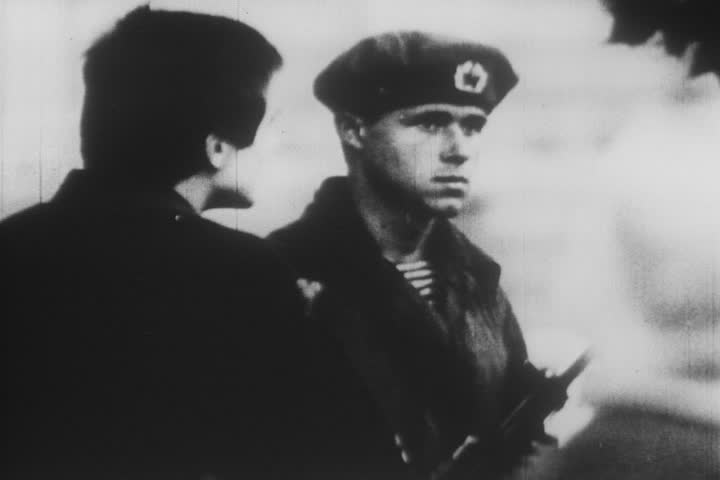
Actor Ben Gazzara talks about the invasion in his memoirs:
“I started hearing strange rumblings, then jet planes zooming overhead. I looked out the window and saw tanks – lots of them – moving into position below us… I called the front desk to ask what was going on. The kindly telephone operator told me. ‘It’s the Russians. They’ve come like the Germans in 1939. They’ve come to kill our freedom.’ She was crying. ‘Poor Czechoslovakia,’ she said.”
After the invasion, filming was immediately stopped, and the entire film crew was forced to leave for the West. It was only in the spring of 1968 that members of the film crew were given permission to return to Davle to shoot several final scenes.
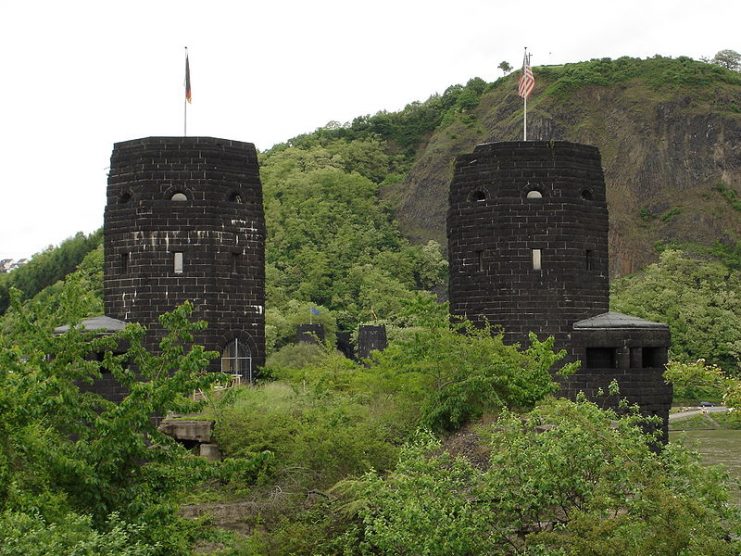
The film was completed in West Germany and on a replica bridge built near Rome. It was released on June 25, 1969.
On December 5, 1989, the Soviet government, together with the leadership of Hungary, the GDR, Poland, and Bulgaria, issued a statement that qualified the entry of troops into Czechoslovakia in 1968 as “an unlawful act of interfering in the internal affairs of a sovereign country, an act that interrupted the process of democratic renewal of Czechoslovakia and had long-term negative consequences”
